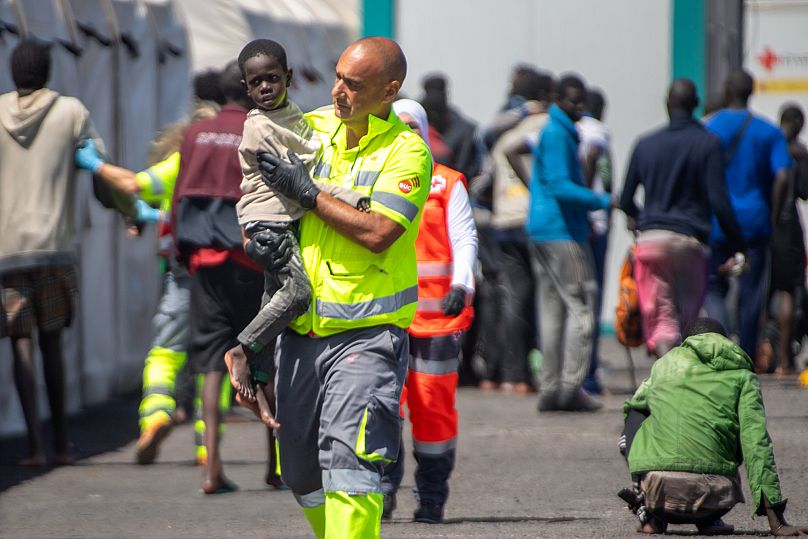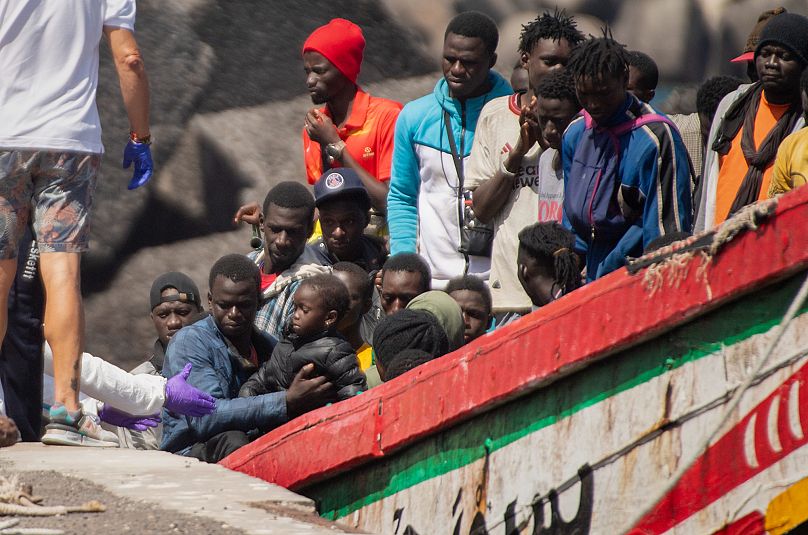Madrid has implemented a plan to relocate numerous unaccompanied migrant children who are presently housed on the Canary Islands to various other regions across Spain.
This reform puts an end to months of political deadlock between Spain’s regional governments and the central authority. It aims to alleviate the strain on overburdened centers for receiving migrants, particularly those located in the Canary Islands.
The Canary Islands is a frequent landing point for numerous North African migrants, with thousands arriving annually in hopes of entering the European Union.
Over several months, local authorities in the Canary Islands have voiced concerns regarding inadequate resources for housing the numerous unaccompanied minors and adolescents arriving at their beaches.
In Spain, where the total population stands at 49 million, the national government oversees the care of adult migrants, whereas local administrations manage the welfare of those who arrive alone without parental accompaniment.
Following approval on Tuesday, Ángel Victor Torres, who oversees Spain’s regional affairs as part of the government, described it as a "landmark moment for human rights defense," particularly emphasizing the protection of children's rights.
"Anyone harboring doubts should consider visiting a migrants' center," stated Torres, who formerly headed the regional government of the Canary Islands.
Observe that in areas designed for 20 individuals, there are actually 300 people present, consisting of children who are 15 years old, 10 years old, and 5 years old.
In areas like the Canary Islands and the Spanish enclaves in North Africa, which have reached their limit in hosting unaccompanied minors, this policy will enable some of these individuals to be relocated to different parts of Spain. The decision will take into account various elements including the area’s population size, average income per person, joblessness rates, and additional criteria.
More than 5,000 unaccompanied minors are currently being housed across the Canary Islands. Approximately 4,000 of these migrants will be relocated to different areas within mainland Spain.
Although exact figures are still being determined, the affluent Catalan region encompassing Barcelona will likely take in only 20 to 30 unaccompanied children, according to a statement from a representative of the Junts per Catalunya party.
Deadly migration route
The stretch of Atlantic Ocean located between West Africa and the Canary Islands is among the most perilous migration pathways globally.
Almost 47,000 individuals who undertook the journey arrived at the archipelago last year, breaking prior records for the second consecutive time.
The majority were citizens of Mali, Senegal, and Morocco, with many departing for Spain via boat from the Mauritanian coastline.
According to Spain's Interior Ministry, numbers have decreased so far this year.
As of March 15, approximately 11,000 migrants have arrived in Spain via the sea this year, marking a 21% decline compared to the figures for the corresponding period in the previous year.





0 Comments